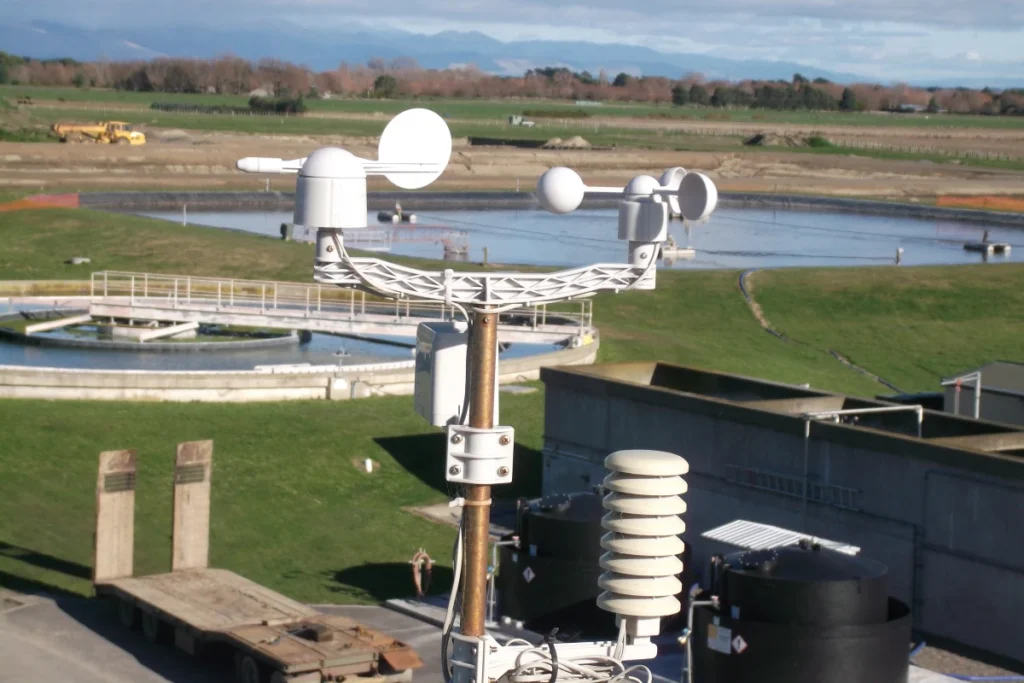
Anemometer Definition and Its Applications in Meteorology

# Anemometer Definition and Its Applications in Meteorology
## What is an Anemometer?
An anemometer is a device used to measure the speed and direction of wind. It is an essential tool in meteorology, providing critical data for weather forecasting, climate studies, and various industrial applications. The term “anemometer” is derived from the Greek word “anemos,” meaning wind, and “metron,” meaning measure.
## Types of Anemometers
There are several types of anemometers, each designed for specific applications:
– Cup Anemometer: This is the most common type, consisting of three or four cups mounted on horizontal arms. The cups catch the wind, causing the arms to rotate. The speed of rotation is proportional to the wind speed.
– Vane Anemometer: Also known as a windmill anemometer, this type uses a propeller or a set of blades that rotate when exposed to wind. The rotation speed is measured to determine wind speed.
– Hot-Wire Anemometer: This type uses a thin wire heated to a constant temperature. The cooling effect of the wind on the wire is measured to determine wind speed.
– Ultrasonic Anemometer: This advanced type uses ultrasonic sound waves to measure wind speed and direction. It is highly accurate and is often used in research and high-precision applications.
## Applications of Anemometers in Meteorology
Anemometers play a crucial role in meteorology, providing data that is essential for understanding and predicting weather patterns. Here are some key applications:
– Weather Forecasting: Anemometers provide real-time data on wind speed and direction, which is crucial for accurate weather forecasting. This data helps meteorologists predict storms, hurricanes, and other weather events.
– Climate Studies: Long-term wind data collected by anemometers is used in climate studies to understand wind patterns and their impact on climate change.
– Aviation: Anemometers are used at airports to monitor wind conditions, ensuring the safety of aircraft during takeoff and landing.
– Wind Energy: In the renewable energy sector, anemometers are used to assess wind resources at potential wind farm sites. This data is critical for determining the feasibility and efficiency of wind energy projects.
– Environmental Monitoring: Anemometers are used in environmental monitoring to study the dispersion of pollutants and to assess air quality.
## Conclusion
Anemometers are indispensable tools in meteorology and various other fields. By providing accurate measurements of wind speed and direction, they contribute significantly to weather forecasting, climate research, aviation safety, and renewable energy development. Understanding the different types of anemometers and their applications helps us appreciate the vital role they play in our daily lives and in the broader context of environmental and scientific research.
Keyword: anemometer definition